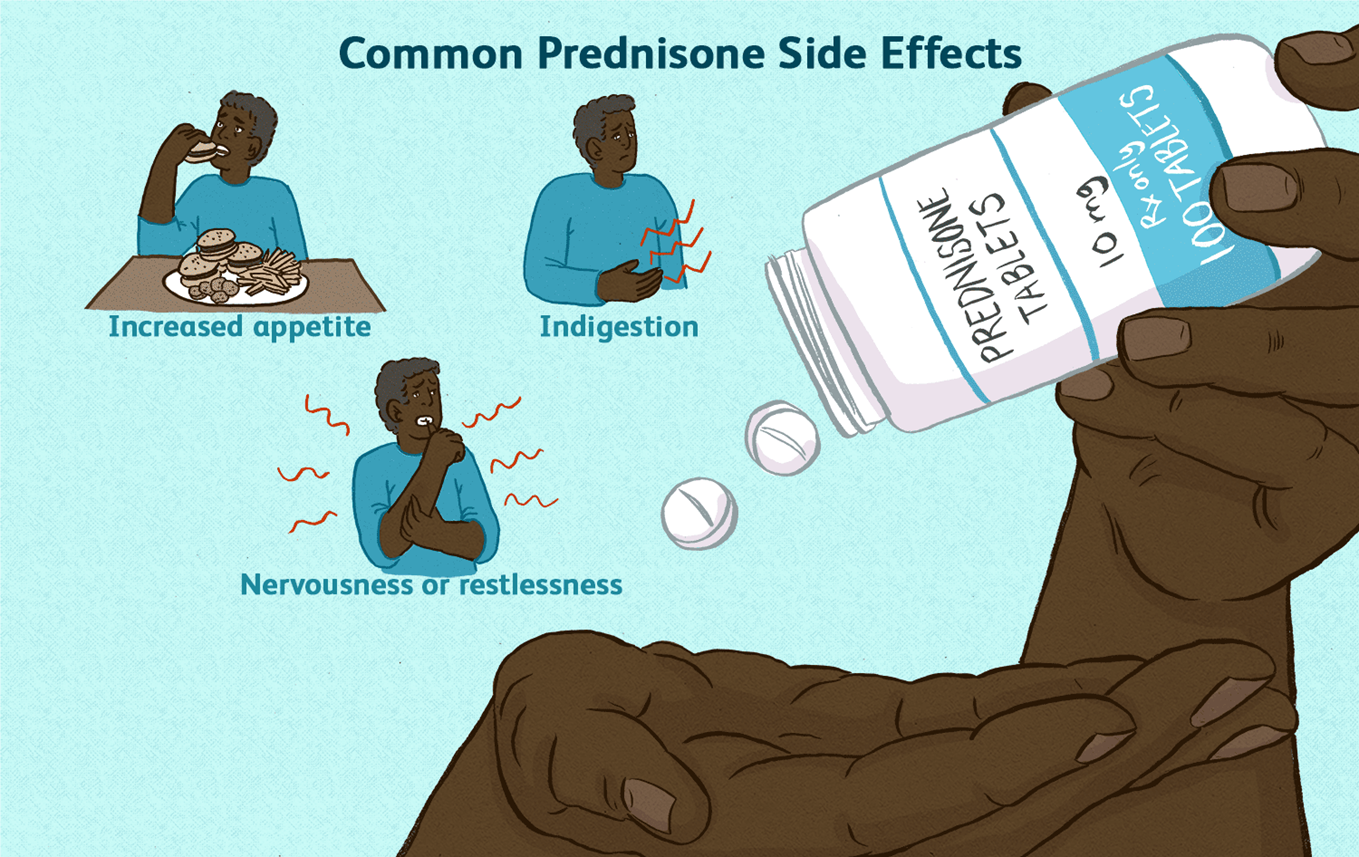A nurse is studying the differences between normal cells and benign tumor cells. What information is included in this?
Benign tumors have lost their cellular regulation from contact inhibition.
Benign tumors typically grow in the wrong place or at the wrong time.
Benign tumors grow through invasion of other tissue.
The loss of characteristics of the parent cells is referred to as anaplasia.
The Correct Answer is B
Choice B rationale:
Benign tumors typically grow in the wrong place or at the wrong time. This is a key distinguishing feature of benign tumors compared to normal cells. Normal cells have precise mechanisms that control their growth, ensuring they divide and multiply only when and where they are needed. Benign tumors, however, have disruptions in these regulatory mechanisms, leading to abnormal growth patterns. This means they may grow in locations where they don't belong or continue to grow even when they are no longer needed.
Here's a detailed explanation of why the other choices are incorrect:
Choice A:
Benign tumors have not lost their cellular regulation from contact inhibition. Contact inhibition is a process that stops normal cells from growing when they come into contact with other cells. Benign tumors still maintain this ability, which helps to limit their growth and prevent them from spreading to other tissues.
Choice C:
Benign tumors do not grow through invasion of other tissue. Invasion is a hallmark feature of malignant tumors (cancers). Benign tumors, on the other hand, typically grow as encapsulated masses, meaning they are surrounded by a well-defined border that separates them from surrounding tissues. They do not infiltrate or invade surrounding structures.
Choice D:
Anaplasia refers to the loss of differentiation and resemblance to the parent cells, which is a characteristic of malignant tumors, not benign tumors. Benign tumors still maintain a degree of differentiation, meaning they retain some of the characteristics of the normal cells from which they originated.
Nursing Test Bank
Naxlex Comprehensive Predictor Exams
Related Questions
Correct Answer is B
Explanation
Choice A rationale:
Massaging the site with scented oils is not recommended for pain relief after removal of a peripheral vascular access device. There is no evidence to support the effectiveness of scented oils in this context.
Additionally, some scented oils can be irritating to the skin, which could potentially worsen the pain, redness, and swelling.
It's crucial to use products that are specifically designed for wound care and pain management, and to follow the healthcare provider's instructions.
Choice B rationale:
Applying warm compresses to the site is an effective and recommended intervention to alleviate pain, redness, and swelling after removal of a peripheral vascular access device.
Warm compresses have the following beneficial effects:
Vasodilation: They promote blood flow to the area, which helps to reduce inflammation and pain. Muscle relaxation: The warmth helps to relax tense muscles, further easing discomfort.
Pain relief: Warmth can directly inhibit pain signals, providing a soothing sensation.
Increased circulation: Improved blood flow can help to remove inflammatory substances and promote healing. It's important to use a clean, warm compress and to apply it for 15-20 minutes at a time, several times a day.
Choice C rationale:
Topical lidocaine is a local anesthetic that can temporarily numb the skin.
While it can be used for pain relief, it's not typically the first-line intervention for pain associated with removal of a peripheral vascular access device.
Warm compresses are often preferred as they provide a more natural and non-invasive approach to pain management.
Choice D rationale:
Oral pain medication may be necessary if warm compresses do not provide adequate pain relief.
However, it's important to follow the healthcare provider's instructions regarding the type and dosage of pain medication to use.
Over-the-counter pain relievers, such as acetaminophen or ibuprofen, may be sufficient in some cases. Stronger prescription pain medication may be needed for more severe pain.
Correct Answer is A
Explanation
Choice A rationale:
Prednisone is a corticosteroid that suppresses the body's natural production of cortisol. Cortisol is a hormone that is essential for life, and it plays a role in many important bodily functions, including:
Regulating blood sugar levels Maintaining blood pressure Reducing inflammation Responding to stress
When a person takes prednisone for a long period of time, their body begins to rely on the medication to provide cortisol. If the medication is stopped suddenly, the body cannot produce enough cortisol on its own, which can lead to a life-threatening condition called adrenal insufficiency.
Adrenal insufficiency can cause a variety of symptoms, including: Extreme fatigue
Weakness Dizziness Nausea Vomiting Abdominal pain Confusion
Loss of consciousness
To prevent adrenal insufficiency, it is important to taper off prednisone slowly over a period of time. This allows the body to gradually adjust to producing cortisol on its own.
Here are some additional details about why prednisone should never be discontinued abruptly: The risk of adrenal insufficiency is highest when prednisone has been taken for more than 3 weeks. The longer a person has been taking prednisone, the slower the taper should be.
It is important to follow the tapering instructions provided by the healthcare provider.
If a person experiences any symptoms of adrenal insufficiency, they should seek medical attention immediately.

Whether you are a student looking to ace your exams or a practicing nurse seeking to enhance your expertise , our nursing education contents will empower you with the confidence and competence to make a difference in the lives of patients and become a respected leader in the healthcare field.
Visit Naxlex, invest in your future and unlock endless possibilities with our unparalleled nursing education contents today
Report Wrong Answer on the Current Question
Do you disagree with the answer? If yes, what is your expected answer? Explain.
Kindly be descriptive with the issue you are facing.
